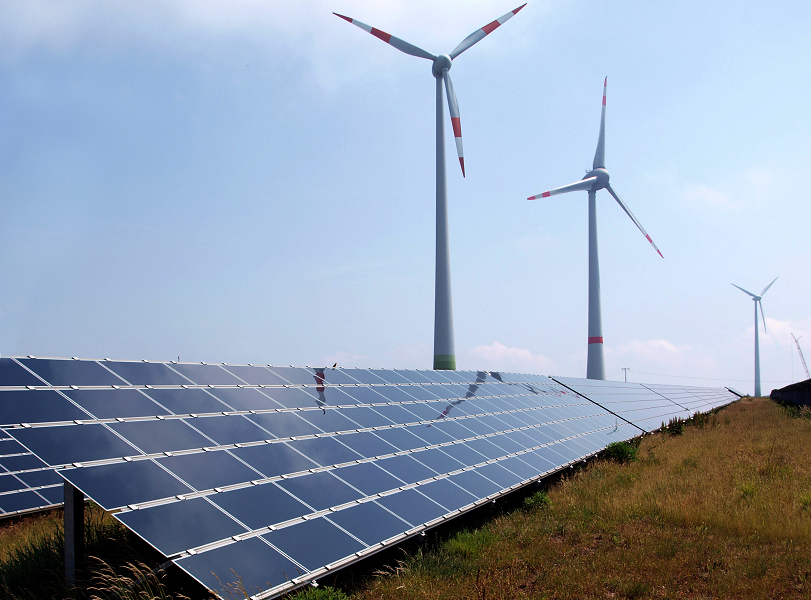This post is also available in:
 עברית (Hebrew)
עברית (Hebrew)
In the last couple of years, drone technology has really taken off. With applications in military combat, agriculture, mapping, delivery and more, it comes as no surprise that drones may be our segue into the next technological revolution. However useful drones are today, not many people would expect that drones could be the reason for cheaper, greener energy.
More and more solar field and wind farm managers are looking at drones for maintenance and inspections of their plants. There are companies that use drones with infrared imaging to inspect solar panels and wind turbines. When an industrial solar panel plant experiences a significant drop off in energy production over a period of a few months and the plant’s maintenance team can’t find the problem, it may be time to call in the drones.
The drones area a safe and cheap substitute for traditional means of maintenance and inspections in the solar and wind fields. Traditional methods of inspections involve several technicians and may take days. In the case of solar panels, technicians need to climb to wherever the solar panels are placed and go over them one by one. Since the technician can’t walk on the solar panels, the technician has to scan the panels from an angle, making it harder to detect anomalies. Comparing this to a drone, with the capability to fly centimeters away from the panels, and you can easily save a lot of time scanning solar panels for abnormalities. One drone operator can scan 95,000 square feet of solar panels in about 45 minutes, saving the plant operators time and money on maintenance expenses.
As for wind turbines, a drone can inspect multiple wind turbines in the same amount of time it would take for a technician to simply climb one. Drones can fly up the length of the shaft of the turbine to detect any defects, and then around the blades to look for any damage by debris, birds, or weather. When defects are detected the drone flies in closer for more detailed pictures. Once the anomalies have been detected, the findings will be analyzed by experts and then shared with the plant managers, who then make whatever decision necessary with the information they have obtained to repair the system.
Another benefit of using drones is that it eliminates any risk technicians deal with when climbing wind turbines or up to rooftops.
Uasvision.com mentions that wind energy generated by more than 80,000 turbines contributed 6.3% of the United States electricity supply in 2017. Considering drones new application with solar and wind inspections, that percent can rise significantly in the next couple of years, cutting costs for plant managers, thus cutting costs for the end consumer and eventually leading us closer towards cheap and green energy production.
























